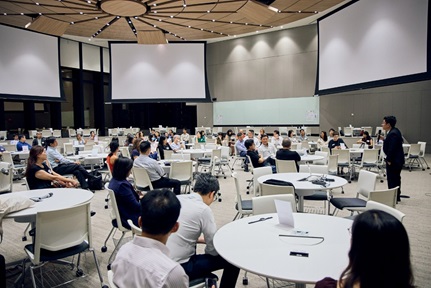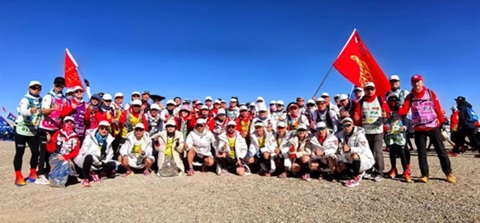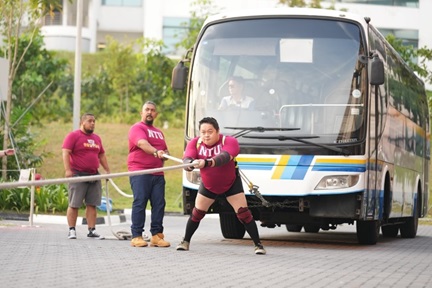Robust pay rises in Singapore last year tempered by inflation
Asst Prof Hong Ru says high prices are expected to persist for the rest of the year as lockdowns in China and the Ukraine war worsen supply bottlenecks
Most workers saw pay hikes last year, but rising prices meant that their gains were tempered.
With a large majority of companies raking in profits, 70 per cent of workers saw their pay packets expand, with resident workers who had stayed in their jobs for at least one year taking home an extra 3.9 per cent on average.
But inflation ate into their gains and their spending power increased by just 1.6 per cent - less than half of their nominal pay hikes.
Despite nominally bigger pay cheques, workers have fared worse only once over the past five years. That was in 2020, when real wage growth was 1.4 per cent despite prices dipping marginally.
Some 59 per cent of workers saw their nominal pay increase in 2020. The biggest hikes went to junior executives, who have become the most sought-after segment of the workforce.
Prospects appeared brighter last year as the economy expanded 7.6 per cent and three in four companies were profitable. But an inflation rate of 2.3 per cent diluted real gains for workers.
High prices are expected to persist for the rest of the year as lockdowns in China and the Ukraine war worsen supply bottlenecks, said Dr Hong Ru, assistant professor of banking and finance at Nanyang Business School.
“The key is how fast we can get out of this supply chain issue and to really increase productivity. If we can do this fast, we will be in a good position next year,” he said.
Inflation is expected to peak at 4 per cent between July and September before easing in late 2022.
Recruiter Michael Page, which reported that most firms were planning to give annual increments of 3 per cent this year, expects that bigger hikes would be made after September.
Its managing director, Mr Nilay Khandelwal, said: “This is when we would really know what exactly would be the AI (annual increment) and inflation rates. Generally speaking, Singapore AI is pretty much tied to the inflation rate to a large extent.”
The Singapore Business Federation sees relief coming for employers in sectors where foreign workers would return in the coming months, but added that the situation remains fluid.
Its executive director for advocacy and policy, Mr Albert Tsui, said: “MAS (Monetary Authority of Singapore) has made deliberate efforts to contain these price increases, so we can expect some easing of inflationary pressures over time.
“The opening of borders to foreign labour will help ease manpower pressures partially, but there is a lag effect.”
The National Trades Union Congress said it was “encouraged” by the wage growth, but urged companies to ensure that lower-wage workers’ salaries catch up with the national median.
Its assistant secretary-general Desmond Choo said: “Rank-and-file workers, who generally spent a larger proportion of their wages on essentials, are particularly impacted, yet their wage growth lagged behind the industries‘ overall wage growth.”
Singapore’s 280,000 small and medium-sized enterprises (SMEs), which hire 70 per cent of the workforce, have borne the brunt of the manpower crunch and wage costs.
To cope with rising wage costs, Association of Small and Medium Enterprises president Kurt Wee said SMEs could think about keeping core functions here while offshoring others.
He added: “Scale regionally and globally to tap large demand.”
Economist Walter Theseira from the Singapore University of Social Sciences said last year’s pay rises were largely compensating for 2020’s “conservative wage strategies”.
“When firms are profitable and demand is robust, business costs are a secondary concern compared to not being able to take advantage of business opportunities,” he said.
“Right now, it seems that businesses are still more concerned about getting talent... so the wage increases are a necessary price to pay for getting the talent needed.”
Source: The Straits Times






.tmb-listing.png?Culture=en&sfvrsn=64dc3641_1)
